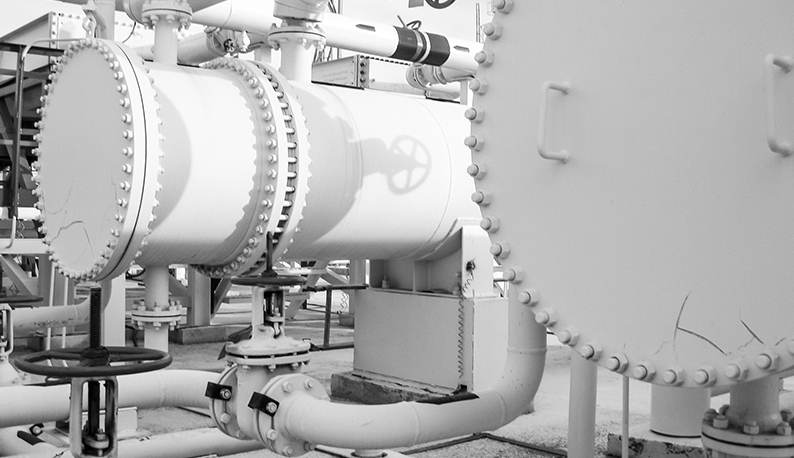How does the shell and tube heat exchanger work
Shell and tube heat exchangers are among the most commonly used heat transfer devices. They efficiently transfer heat between two fluids without mixing them. Their design ensures durability, reliability, and high thermal efficiency in industrial applications.
Key Components of a Shell and Tube Heat Exchanger
1. Shell
The shell is the outer casing that holds the internal tubes. It provides structural support and directs the fluid flow around the tubes.
2. Tubes
The tubes carry the second fluid. Heat exchange occurs as one fluid flows inside the tubes and the other around them.
3. Tube Bundle
A collection of tubes arranged inside the shell. It includes straight or U-shaped tubes to optimize heat transfer.
4. Baffles
Baffles improve efficiency by directing fluid flow across the tubes. This increases turbulence and enhances heat transfer.
5. Tube Sheets
Tube sheets hold the tubes in place and separate the fluids. They prevent leakage and ensure stability.
6. End Channels and Nozzles
End channels distribute fluids into the tubes. Nozzles control fluid entry and exit, regulating heat transfer efficiency.

Working Principle of Shell and Tube Heat Exchangers
Step 1: Fluid Entry
One fluid enters the shell while the other moves through the tubes. They flow in opposite or parallel directions to maximize heat transfer.
Step 2: Heat Transfer Process
As the hot fluid flows, it transfers heat to the cooler fluid through the tube walls. The temperature difference drives this exchange.
Step 3: Fluid Exit
After heat transfer, the fluids exit the exchanger at different temperatures. The process ensures energy efficiency and optimal thermal regulation.
Types of Shell and Tube Heat Exchangers
1. Fixed Tube Sheet Heat Exchanger
This type has stationary tube sheets. It is simple, cost-effective, and ideal for clean fluids.
2. U-Tube Heat Exchanger
A U-shaped tube design allows for thermal expansion. It is suitable for applications with high-temperature variations.
3. Floating Head Heat Exchanger
The floating head design accommodates thermal expansion and simplifies tube cleaning. It is used in industries dealing with fouling fluids.
Advantages of Shell and Tube Heat Exchangers
High Efficiency: Maximizes heat transfer with minimal energy loss.
Durability: Built to withstand high pressures and extreme temperatures.
Versatility: Works with a wide range of fluids, including gases and liquids.
Easy Maintenance: Designs allow for simple cleaning and repairs.
Common Applications
Power Plants: Used in cooling and steam generation processes.
Petrochemical Industry: Facilitates oil refining and chemical processing.
HVAC Systems: Regulates temperature in heating and cooling systems.
Marine Industry: Provides thermal regulation for ship engines.
Conclusion
Shell and tube heat exchangers play a crucial role in heat transfer applications. Their efficiency, durability, and adaptability make them indispensable in various industries. With proper maintenance, they ensure optimal performance and long service life.
- Previous: None
- Next: None

